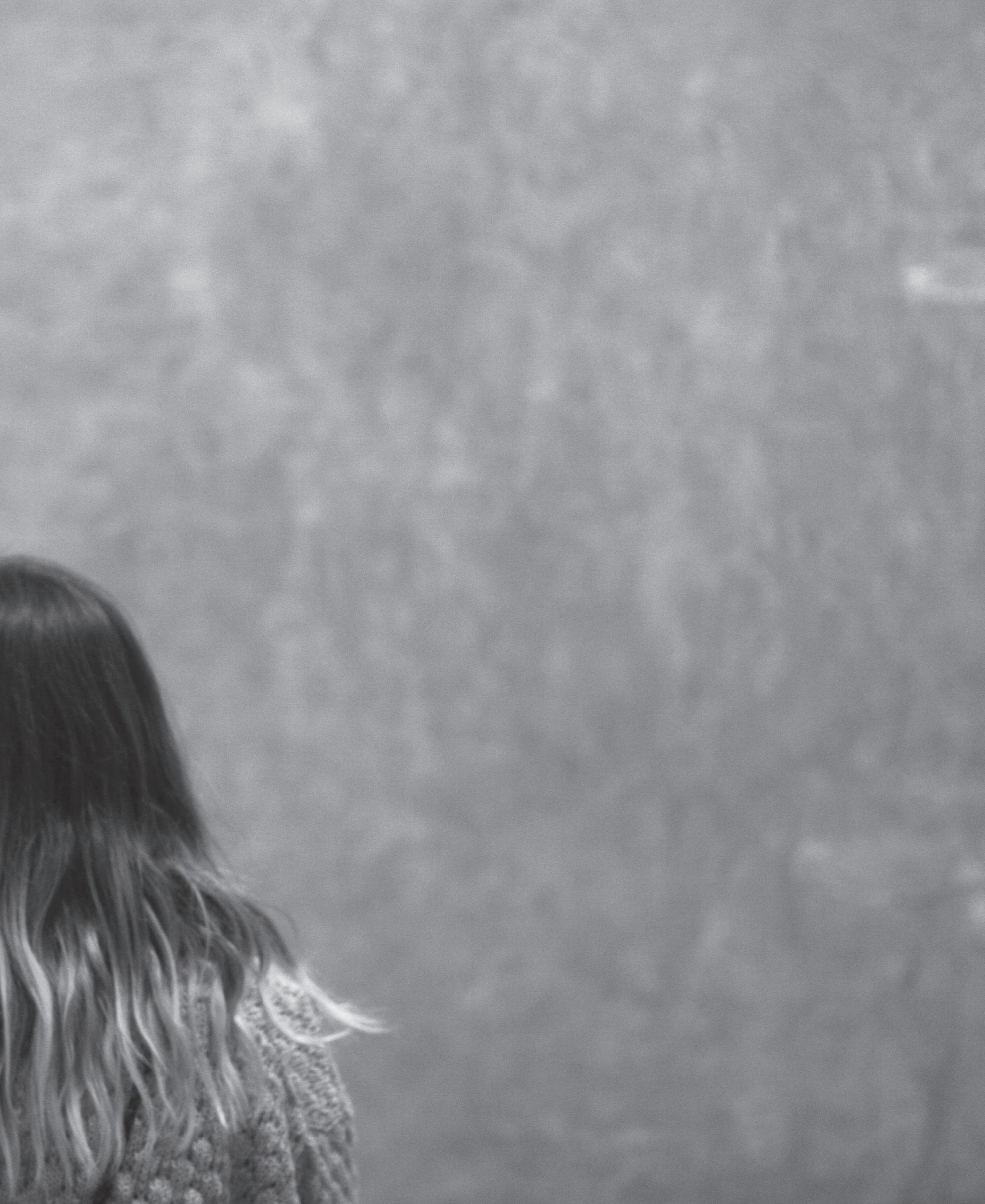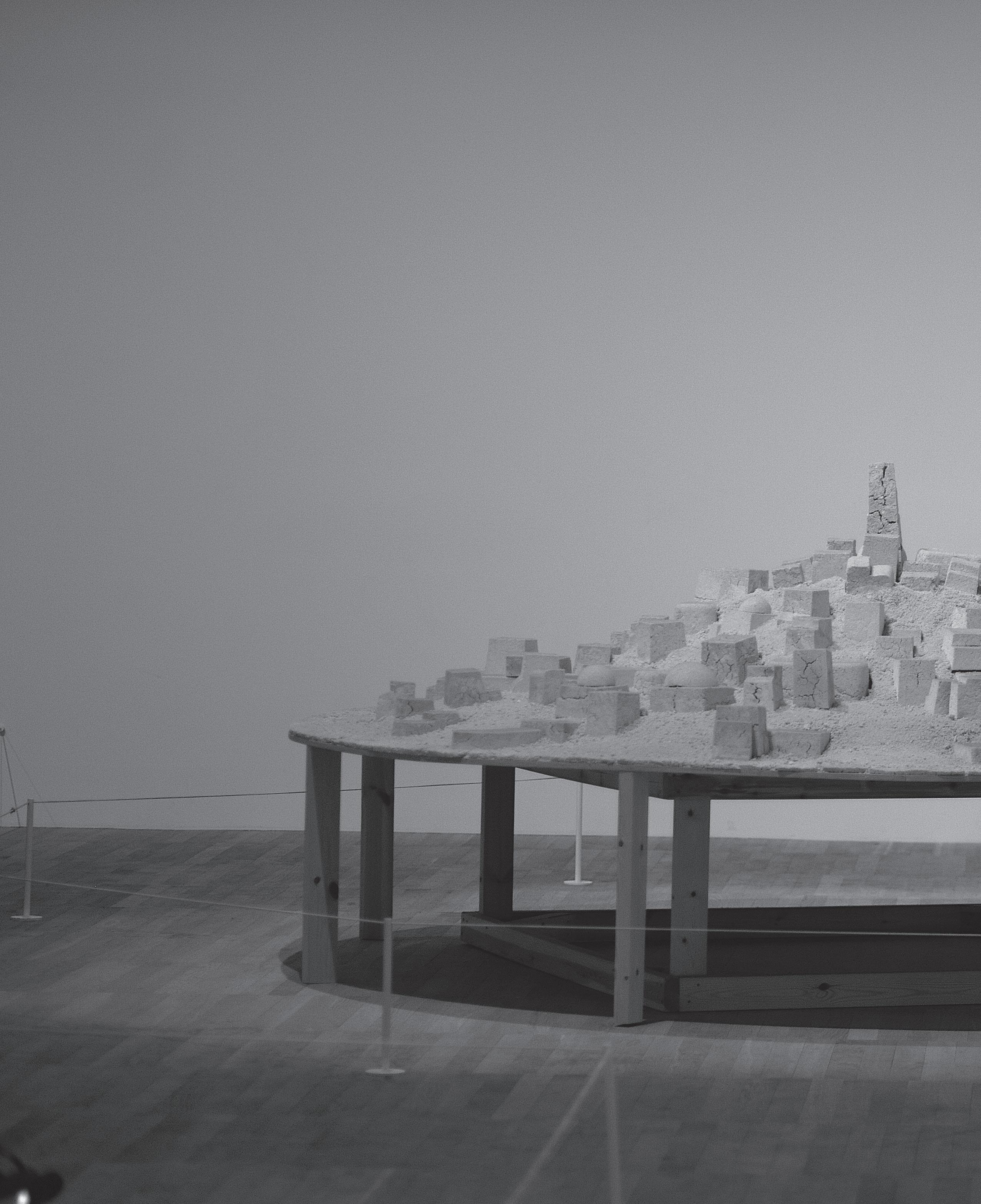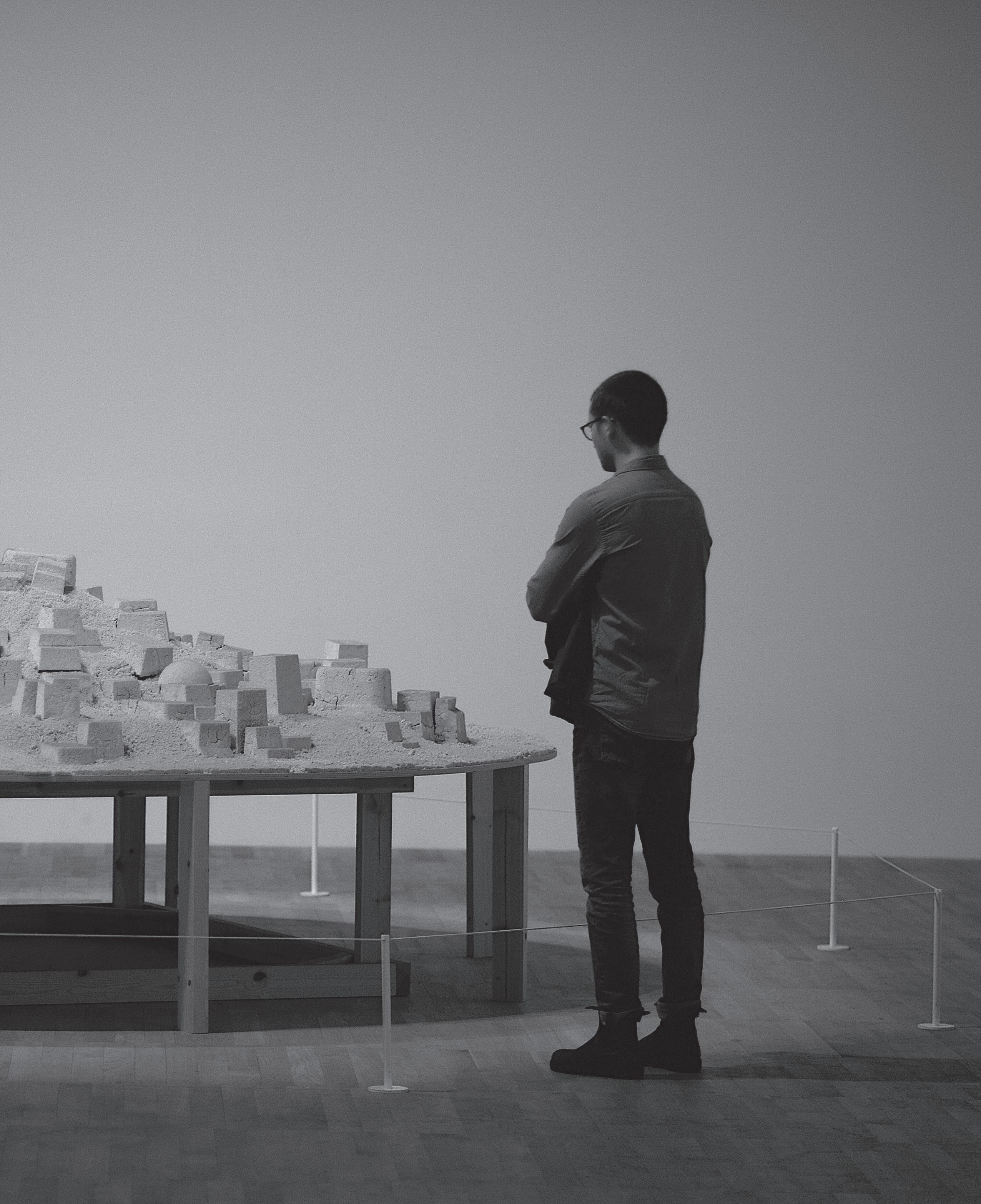How to Visit an Art Museum shows you the sense and nonsense of museum etiquette. The original edition became a bestseller, inspiring thousands of readers worldwide to pursue a truly rewarding museum visit. This expanded edition offers newly added tips that let you tackle current challenges such as the male gaze, fossil museum sponsors, the lack of diversity on gallery walls and the cancellation of Picasso and other controversial artists.




























